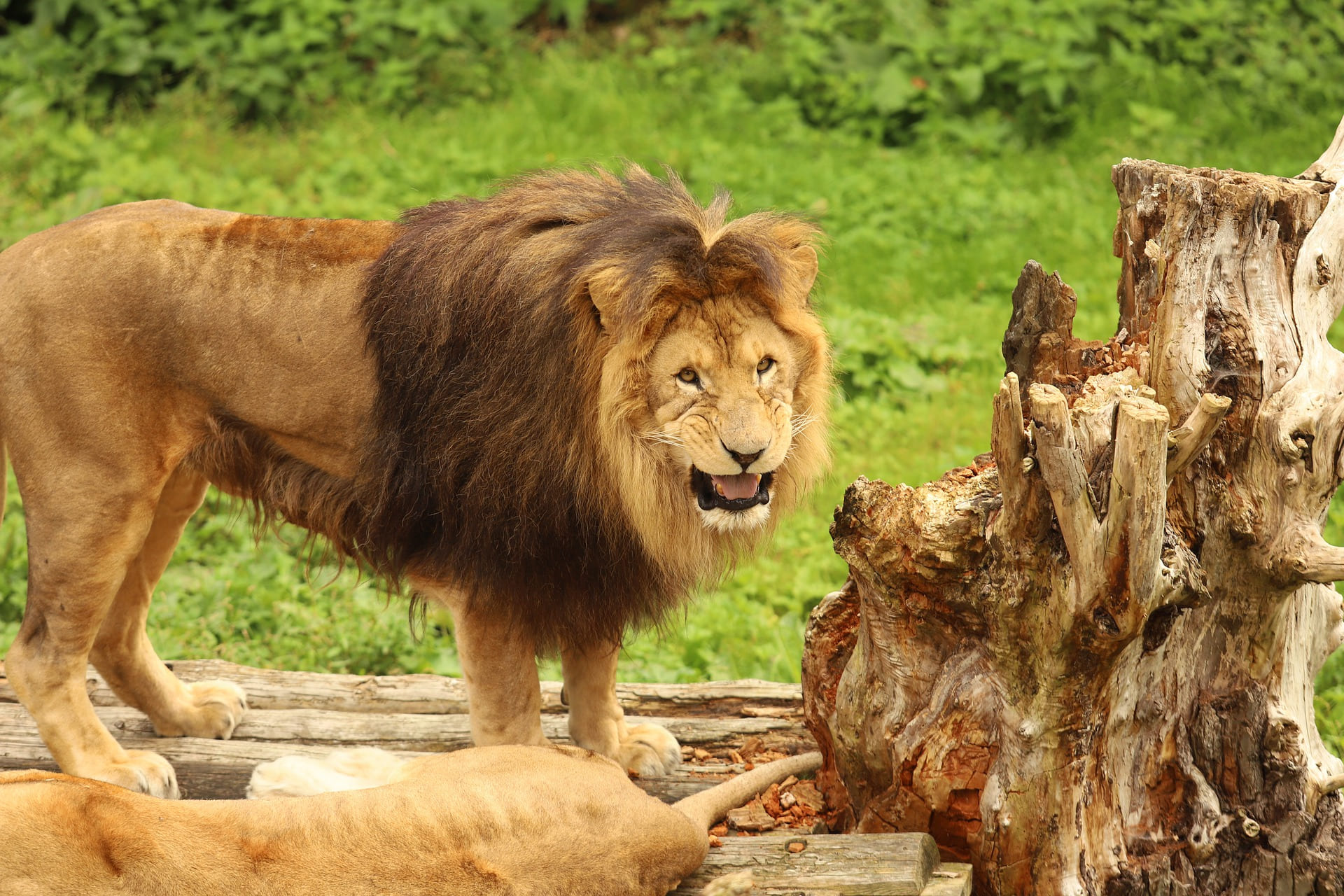Lions, known as the "king of the jungle," are one of the most admired and powerful animals on Earth. Unlike most big cats, lions are highly social, living in prides that consist of related females, their cubs, and one or a few adult males. Found primarily in the savannas and grasslands of Africa, lions play a crucial role in their ecosystem as top predators, helping to control herbivore populations and maintain balance in their environment.
Social Structure and Hunting Behavior
Lions are unique among big cats for their complex social structure. The pride is led by one or a few dominant males, while the females handle most of the hunting and take care of the cubs. Working together, lionesses use teamwork to hunt large prey, such as zebras, wildebeest, and buffalo. Males protect the pride from outside threats, including rival males that might try to take over. The roar of a lion can be heard up to five miles away, serving as both a territorial warning and a way to communicate with pride members.
Conservation and Threats
The population of wild lions has drastically declined due to habitat loss, poaching, and conflicts with humans. Lions are now confined to only a fraction of their historical range, and some populations are critically endangered. Conservation programs focus on creating protected reserves and minimizing human-wildlife conflict by working with local communities. In zoos, lions are a favorite among visitors and serve as ambassadors for their species, helping to raise awareness of the need to protect these magnificent animals.


